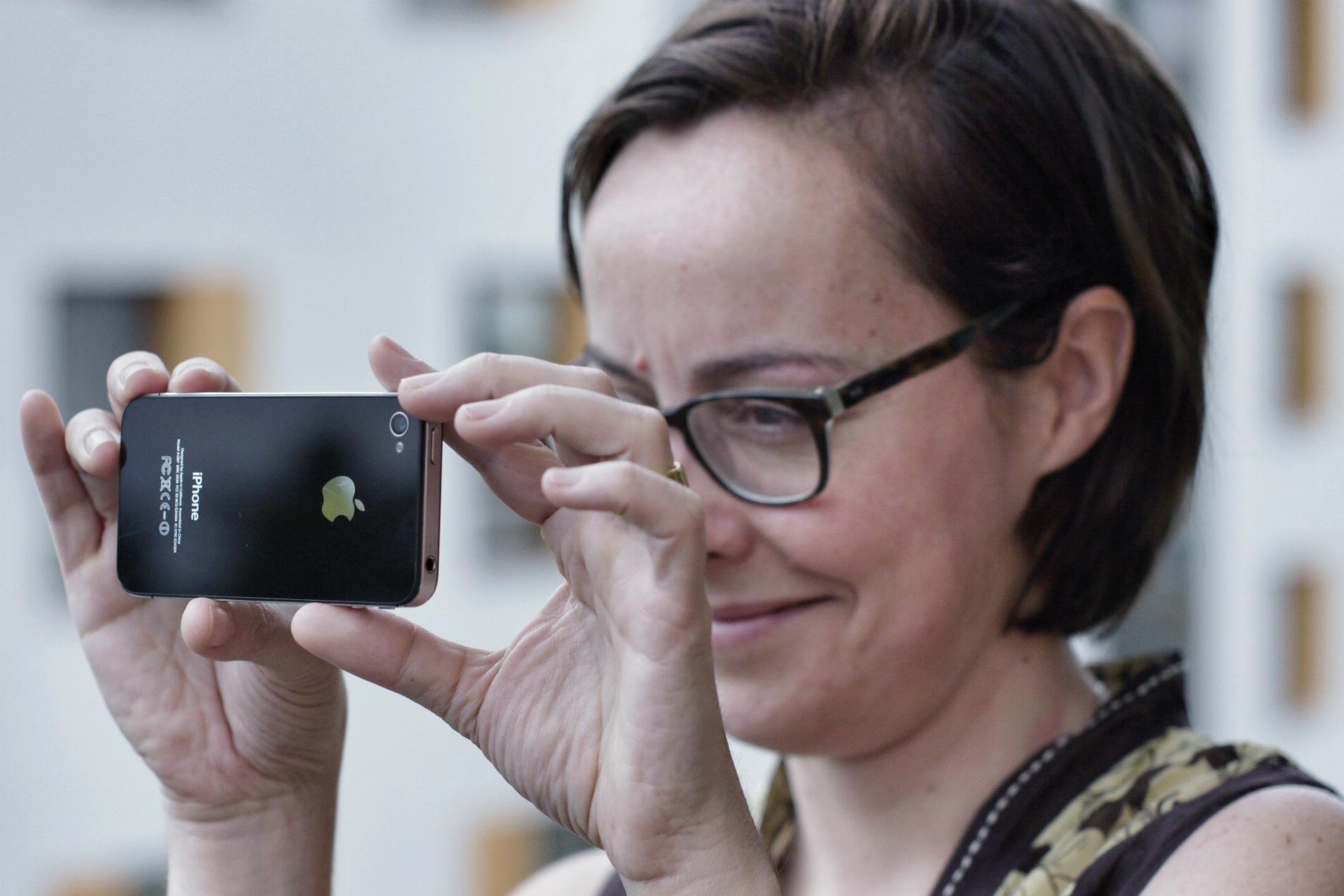Getting started with video for the web: Part 3
Producing online video offers a lot of possibilities for creative visual storytelling – even for news items. But if you’re just starting out, honing your basic camera and editing skills and being able to produce simple formats competently will help you to take the next steps.
So far in our Getting started with video for the web series we’ve introduced you to some standard video equipment and accessories as well as discussed how to produce simple video clips and interviews.
In our final post we’ll take a look at producing short reporter dispatches and get you started with shooting simple video sequences.
Basic report from journalist
In its most basic form, this type of video is simply the reporter speaking directly to the camera from a fixed position. Broadcast journalists might refer to it as an “as live” or extended piece to camera which is aired as their report.
For solo journalists, this format is also possible with a lightweight tripod and making good use of a vantage point. For example, overlooking a demonstration. And as we mentioned in our second post, try to avoid filming either yourself or interviewees against bright backgrounds and making video reports that look like this – it doesn’t look good – either move to another position or use external lighting to correct the exposure on the face.
With a little bit of practice, and knowing how to work within the limitations of a small camcorder or a mobile phone, a journalist can produce these basic reports quickly.
And while turning the camera around and holding it at arms length from your face to record a dispatch is not really ideal for good video quality, it might be a technique to use for quick updates when covering breaking news – either record and upload your report or use a live video stream application on a smartphone such as Bambuser. There are a number of examples of Wall Street Journal reporters using iPhones to record these dispatches in this way.
There are of course variations on this basic format.
If you want to produce something more elaborate that looks more like a short TV package, you’ll need to use your video editing software (or an editing application on a mobile phone) to overlay images of scenes, objects or action that are relevant in your report. Or you could insert a clip from an interview.
Your studio or newsroom could also adapt this technique to a reporter Q&A / two-way from the field. The reporter finds a good vantage point, then records answers to questions they hear through headphones connected to a second mobile phone, or questions set beforehand by the newsroom sent to them by email or SMS. The journalist then compresses and sends the video clip answers back to the newsroom. The anchor/presenter could either record their questions live, if they are directly speaking to reporter by phone, or they could be pre-recorded in studio, and mixed together with the video answers for a bulletin, or as a video Q&A for online coverage.
Some media organizations may use this technique in place of a live two-way interview – “Earlier I spoke to our correspondent…”
Tips
– Find a good vantage point or position, where possible think story context
– Marking your standing position can help when composing and focusing your shot or if you have to move
– Use an external mic if background noise is very loud
– Record a few seconds and playback to check your framing and audio
– Plan the points you want to make, and know the point to end on.
Filming sequences
Watch a film or television news and you will start to see how a scene or some sort of action is often edited together in a sequence using a variety of shots.
If you want to produce short video stories you will need to start practicing how to film sequences – telling your story in pictures.
Wide, medium, close-up, extreme close-up, over the shoulder – these are just some of the terms you might hear from camera operators to describe shots they produce to film a scene or some action.
Here’s a very simple example of filming a variety of shot and matching them together to build a sequence. No it’s not breaking news, just your author launching an internet radio app on his iPad. But try doing something similar at home for practice. You could film anything. Film the process of making a cup of tea, or collecting mail from your letter box. And in the spirit of this web video series where we’ve focused on using small camcorders, we shot and edited this example using an iPhone.
Again, the key thing to remember is to film a variety of shots – when you have a variety of shots you have more options for editing. You’ll often hear trainers refer to filming five shots – in other words, aim to film at least five different shots for each scene, event or action to help you build a sequence.
That’s good advice. But if you have time, shoot five and a couple more. And always look for opportunities to shoot from interesting angles – a shot that surprises your audience will help keep up their interest. If you’re looking for inspiration, we love this example from film maker Philip Bloom.
Tips
– Plan. A little bit of planning always save lots of time
– Make a list of shots you think you will need to tell your story
– Record each shot for at least 10 seconds
– Remember to breath calmly and stay relaxed when filming handheld
– Film a variety of shots. Aim for at least 5 shots in each setting/scene
– Look for interesting angles. Move your feet rather than use the camera zoom
– Be aware of not “crossing the line” when filming a subject
– Be careful to avoid making handling noises that your camcorder or mobile phone mic may pick up
What next?
Keep practicing, and have fun! Developing your camera, editing and video storytelling skills takes time. But once you’ve mastered the basics look for opportunities to be creative. Online video doesn’t have to be the same as TV news. Analyze and deconstruct good examples of video journalism on leading news websites such as the Guardian and New York Times. Borrow and adapt from other visual storytelling genres. For example, take a look at our blog post on different approaches to video vox pops. Or, experiment with innovative web video tools such as Mozilla Popcorn Maker.
And finally, if you want to stay up to date with the latest camcorders, video equipment and discussions about video for the web formats, it’s worth following the hashtag #onlinevideo on Twitter.
Additional resources
Links to DW Akademie blog posts on video
Basic video shooting tips: lynda.com tutorial
Shooting tips for small screen content: lynda.com
Author: Guy Degen






Feedback